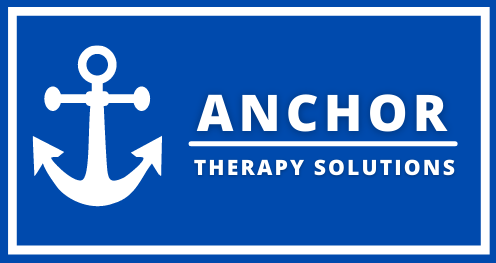Ergonomics
Occupational Therapy’s Focus in Ergonomics
Occupational Therapists are experts in positioning, prevention and safety.
Ergonomics, defined as the "science of adapting the workplace to the needs of users," aims to increase efficiency and productivity while reducing discomfort. Think about how your eyes strain at the end of the day or how your wrists hurt when you type. Ergonomics aims to improve the working environment and minimise the risk of injury or injury. [Sources: 8, 9]
The word ergonomics comes from the Greek words ergon, which means work, and nomos, which means law. Well, now you can see how this affects your world, whether at work, at home or anywhere else. Ergonomic or ergonomic human factors are a scientific discipline that deals with the understanding and interaction of humans and other elements of a system and is a profession that applies theory, principles, data and design methods to optimize human well-being and system performance. [Sources: 1]
Physical ergonomics concerns the anatomical, anthropometric, physiological and biomechanical properties of humans and their relationship to physical activity. Ergonomics uses many disciplines to optimise the interaction between the working environment and the worker. Good ergonomic design eliminates incompatibilities between work and workers to create an optimal working environment. [Sources: 1]
Ergonomics is the process of designing and arranging workplace products and systems so that they meet the people who use them. Occupational Therapists are able to design and modify work to suit workers, not the other way around. It is defined as a study of how people like their working environment.
Most people who hear "ergonomics" think of ergonomics in seating design, car controls and instruments, ergonomic ergonomics and nothing else. Human factors and ergonomics also known as human factors, are the application of psychological and physiological principles in the design and development of products, processes and systems. The goal of these factors is to reduce human error, increase productivity, increase safety and comfort, and place a particular focus on people's interaction with things of interest. [Sources: 7, 8]
Sitting at a desk for hours on end is not doomed to a career with neck and back pain and sore wrists and fingers. Anchor Therapy Solutions PLLC will provide a comprehensive evaluation of your workplace environment to establish good positioning, workplace injury prevention and much more.
The right office ergonomics, including the right chair height, appropriate tool spacing and good desk posture, can help you and your joints stay comfortable while working. A result of a good ergonomic workplace is a reduced risk of injury and illness for employees. Other potential outcomes include improved productivity, improved user experience, and a more comfortable, inclusive, and adaptable workplace.
When we describe ergonomics, we do not just mean something that is suitable for human use. It is also relevant for the design of things like safe furniture and easy-to-use interfaces for machines and devices. Injuries to a person's musculoskeletal system can be prevented by assessing work tasks that include risk factors and finding solutions that suit a person. [Sources: 3, 4, 7]
Support the ergonomic process by expressing your concerns, making suggestions to reduce exposure to risk factors and evaluating changes made on the basis of ergonomic assessments. The key to the overall success of the process is the support of the management and a strong commitment of the management. Further information and online resources on ergonomics can be found on this page. [Sources: 0, 4]
Use safety models - develop workplace solutions that reduce the risk of musculoskeletal injuries. Involving workers - A participatory ergonomic approach involving workers in the assessment, development and implementation of solutions in the workplace is the essence of a successful ergonomic process. Management should define clear ergonomic process objectives, discuss them with management and employees, assign responsibilities to specific employees, and communicate effectively with the workforce. [Sources: 0, 6]
Occupational Therapists will provide expert patient focused evaluations and implement strengthening programs, ROM (range of motion) improvement, improving core strength and muscle tone through active training.
Quick Tip:
Keep your elbows open at an angle of 100 ° to 110 ° and your wrists in a straight position for injury prevention.
Sources:
[0]: https://www.osha.gov/ergonomics
[1]: https://ergo-plus.com/ergonomics-definition-domains-applications/
[2]: https://www.merriam-webster.com/dictionary/ergonomics
[3]: https://www.posturite.co.uk/help-advice/useful-resources/learning-guides/what-is-ergonomics
[4]: https://ehs.washington.edu/workplace/ergonomics
[5]: https://safety.rc-hr.com/SafetyCenter/Ergonomics.aspx
[6]: https://www.saif.com/safety-and-health/topics/prevent-injuries/ergonomics.html
[7]: https://en.wikipedia.org/wiki/Human_factors_and_ergonomics
[8]: https://www.ergonomics.com.au/what-is-ergonomics/
[9]: https://www.humanscale.com/ergonomics/what-is-ergonomics/index.cfm
[10]: https://www.mayoclinic.org/healthy-lifestyle/adult-health/in-depth/office-ergonomics/art-20046169
[11]: https://www.assp.org/membership/communities/practice-specialties/ergonomics
[12]: https://ehs.unc.edu/workplace-safety/ergonomics/


